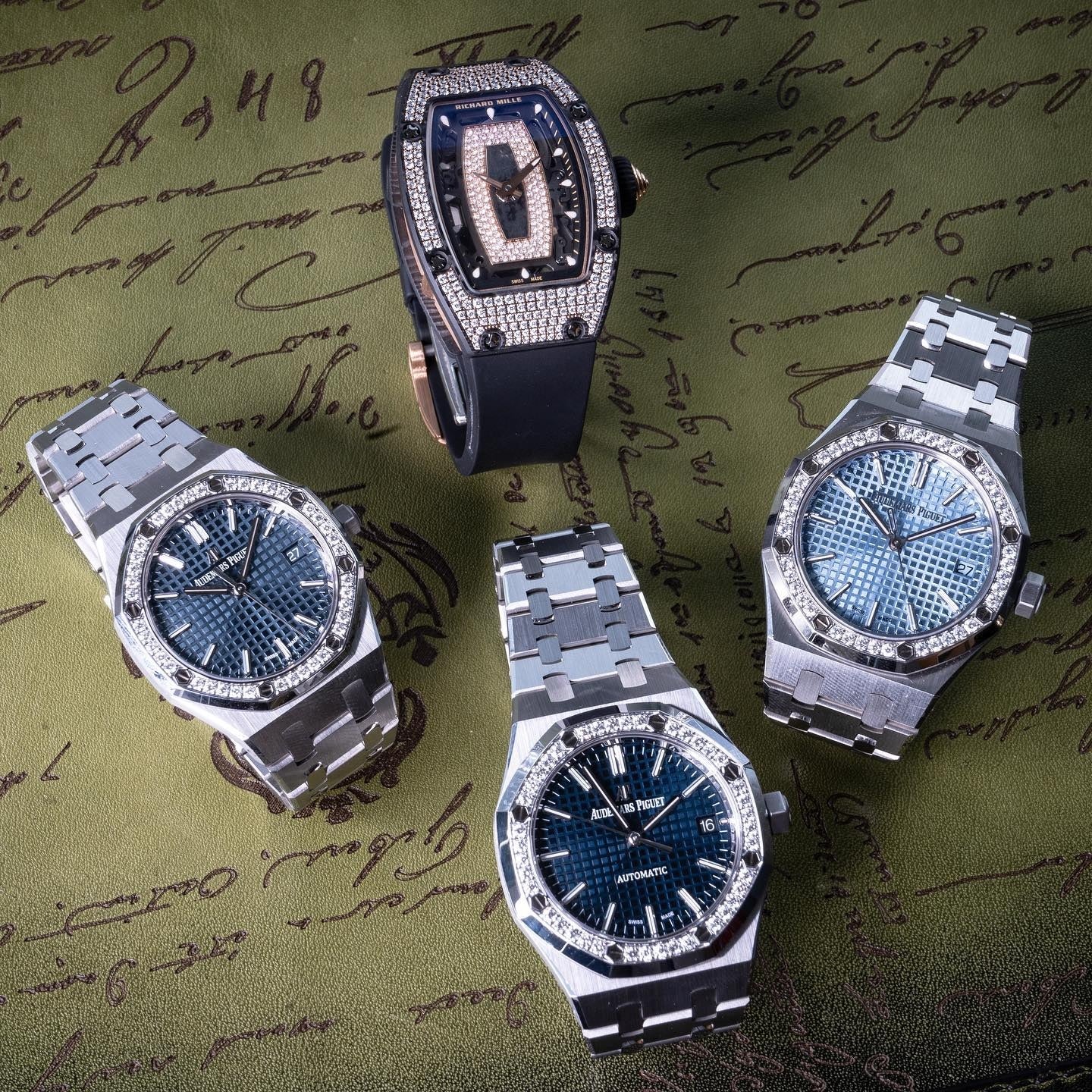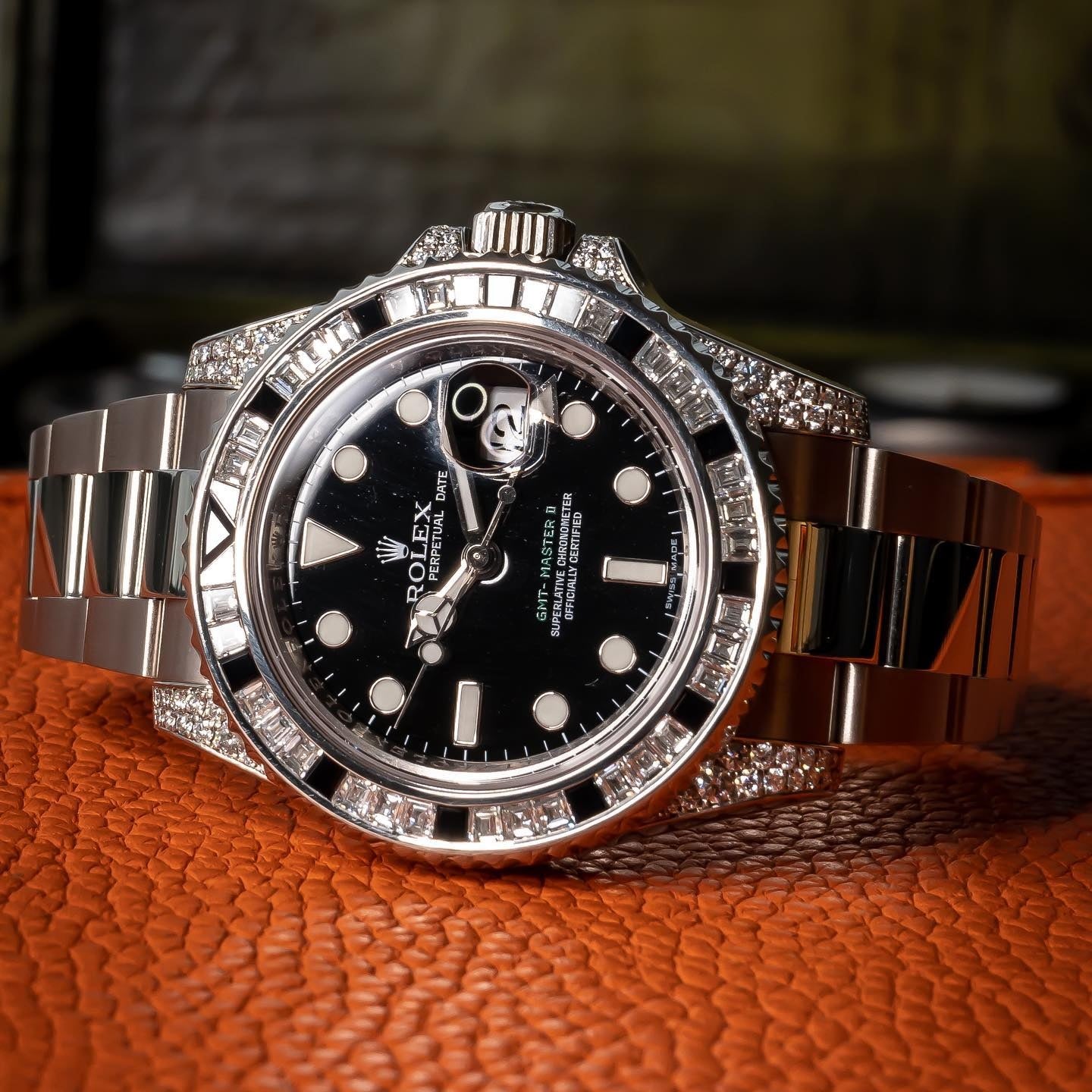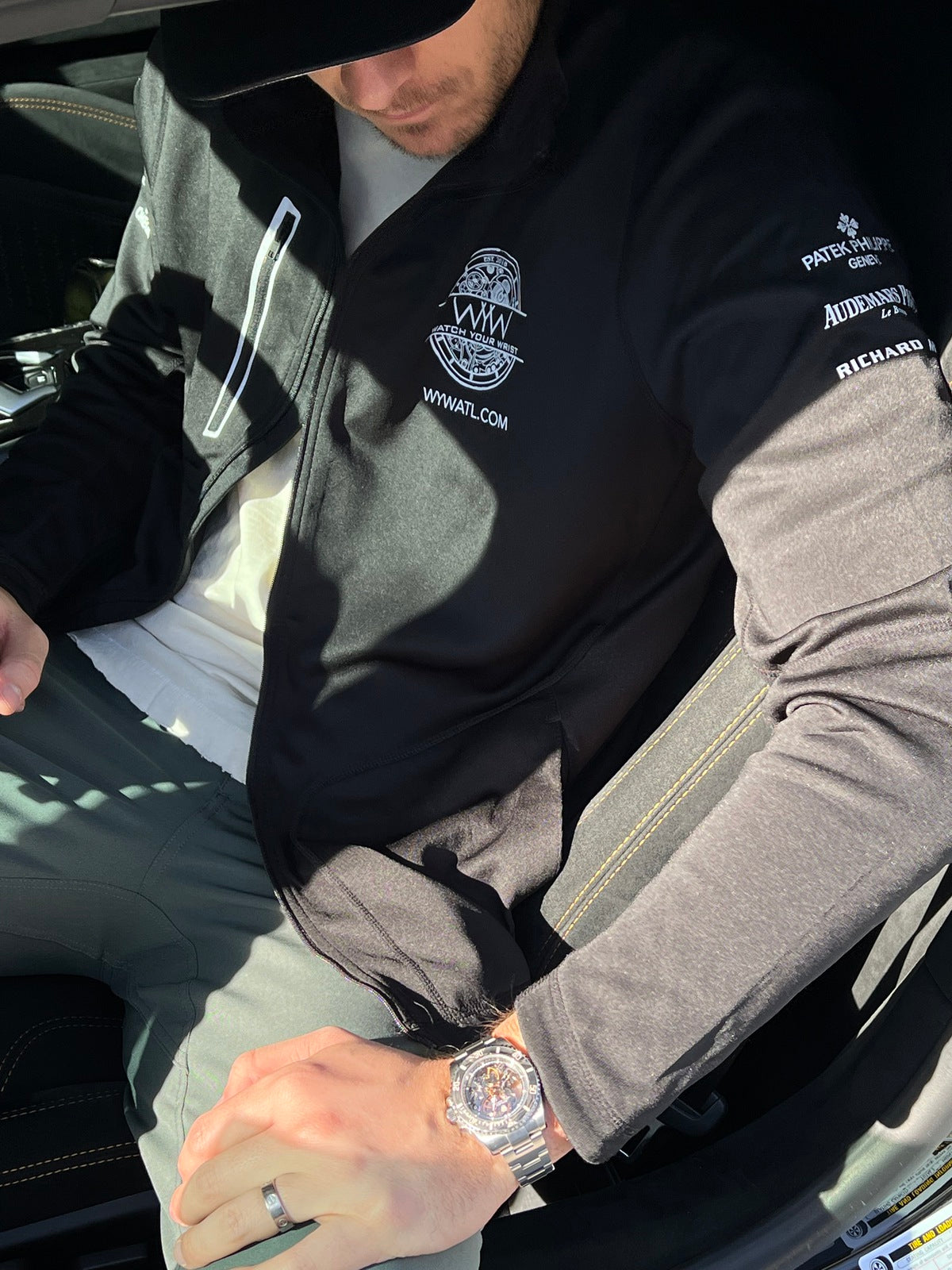Shop All
"Discover the World of Watches: Your One-Stop Shop for Timepieces from Leading Brands"
-
Rolex GMT Master II 40mm 116718 Green Dial Yellow Gold
Regular price $39,999.00 USDRegular priceUnit price per -
Tag Heuer Carrera Calibre 16 Brown 44mm
Regular price $2,500.00 USDRegular priceUnit price per -
Grand Seiko Heritage Collection SBGA211 41mm 2020
Regular price $4,999.00 USDRegular priceUnit price per -
Tudor Black Bay 58 GMT Coke 7939G1A0NRU Rubber Strap 39mm 2025
Regular price $3,999.00 USDRegular priceUnit price per -
Breitling Top Time AB01765A1B1X1 B01 Deus Black 41mm
Regular price $5,199.00 USDRegular priceUnit price per -
Omega Seamaster Planet Ocean Chronograph Diver 215.32.46.51.01.001 Black and Orange 45.5mm
Regular price $4,999.00 USDRegular priceUnit price per -
Cartier Calibre de Cartier Diver W2CA0004 Carbon / Pink Gold 42mm
Regular price $6,249.00 USDRegular priceUnit price per -
IWC Portuguese 7 Days Automatic IW500703 Black Dial 42mm
Regular price $5,499.00 USDRegular priceUnit price per -
Hublot Big Bang Evolution 301.PM.1780.RX 44mm Rose Gold Carbon Fiber Dial
Regular price $12,999.00 USDRegular priceUnit price per -
Rolex Yachtmaster 126622 Platinum Bezel Blue Dial "Captain America" 40mm
Regular price $11,999.00 USDRegular priceUnit price per -
Rolex Skydweller Black 326934 Fluted Oyster 42mm
Regular price $17,499.00 USDRegular priceUnit price per -
Rolex AirKing 116900 Black Dial Stainless Steel 40mm
Regular price $6,750.00 USDRegular priceUnit price per -
Rolex Oyster Perpetual 114300 Blue Dial 39mm 2017
Regular price $7,999.00 USDRegular priceUnit price per -
Cartier Must De Tank Plated Yellow Gold With a Red Dial Size 23x31 Large
Regular price $2,850.00 USDRegular priceUnit price per -
Unworn Full Stickers Rolex Green OYSTER PERPETUAL 41 124300
Regular price $10,499.00 USDRegular priceUnit price per -
H. Moser & Cie Streamliner Centre Seconds Matrix Green Fume 6200-1200
Regular price $19,250.00 USDRegular priceUnit price per -
Omega Speedmaster 310.30.42.50.04.001 White Dial 42mm 2024
Regular price $7,599.00 USDRegular priceUnit price per -
Rolex GMT Master II White Gold Pepsi Meteorite Dial 126719BLRO 40mm 2019
Regular price $52,499.00 USDRegular priceUnit price per -
Rolex GMT Master 16700 Pepsi Oyster 1991
Regular price $10,999.00 USDRegular priceUnit price per -
Rolex Datejust 31mm 278274 Blue Floral Motif Diamond Dial Fluted Jubilee 2022
Regular price $13,499.00 USDRegular priceUnit price per -
Vacheron Constantin Overseas 41mm 4500V/110A-B128 Blue Time and Date
Regular price $23,899.00 USDRegular priceUnit price per -
Rolex Seadweller 126600 Black 43mm 2022
Regular price $12,199.00 USDRegular priceUnit price per -
Audemars Piguet Royal Oak Offshore 26400AU Forged Carbon Chronograph 44mm
Regular price $19,250.00 USDRegular priceUnit price per -
UNWORN Omega Speedmaster 310.32.42.50.02.001 Silver Snoopy Award 42mm 2025
Regular price $14,999.00 USDRegular priceUnit price per



















































